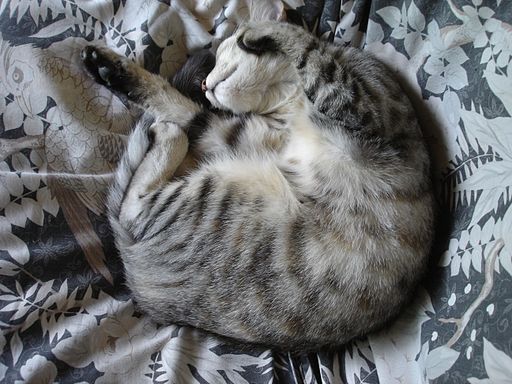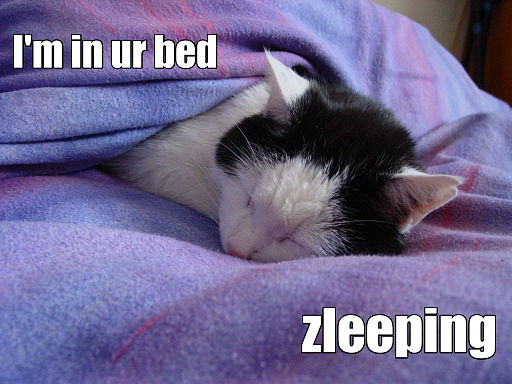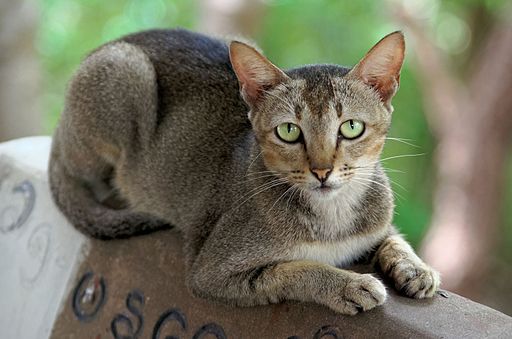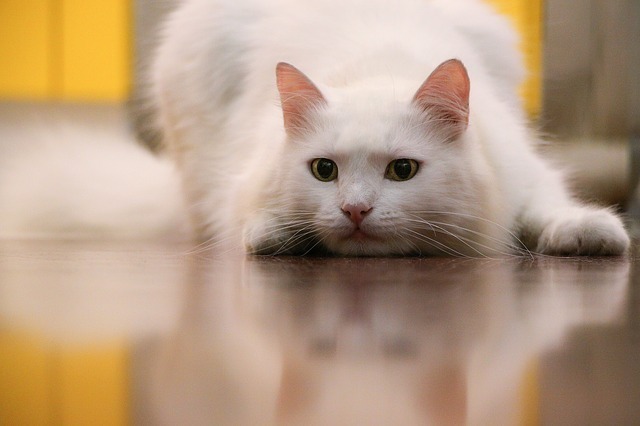I don’t like fitted sheets. You may have already guessed this from my responses on this post, but if you hadn’t, let me be clear: I don’t like fitted sheets.

Unfortunately, buying flat sheets that don’t come with fitted sheets is relatively difficult these days. We were fortunate enough to be given a couple of pairs for our wedding, but as that was more than six years ago, they are starting to show signs of age. Particularly the fluffy winter pair – they got so much wear in the first few years of our marriage (before we found a second pair of flat winter sheets) that they are now… well, worn.
Obviously, given their two-hen’s-teeth rarity rating, we weren’t going to just fling them in the bin. Enter the ancient homely art of sides-to-middling. I always found references to this in old books confusing, as they talked about turning the sides to the middle, without mentioning that you also took the middle to the sides.
Here’s how it works: you find the middle of the top or bottom seam. You cut through the thick bit, and tear from top to bottom (or bottom to top, as the case may be). If you have good-quality sheets which are cut on the grain, you now have two rectangles of sheet. If not… you either put up with trapezium sheets (sounds like the sort of thing a circus performer would sleep on), or you reclassify them as ‘fabric’ and make fluffy winter pyjamas.
The next step is to put the two halves back together, but this time the insides are outsides, and the outsides are insides. If your sheet is edged with selvages, just overlap them a little and pin in place. If your sheet is edged with hems, you’ll need to turn one half over and them slide the overlapping pieces together until the two hems sit against each other, resulting in a double-wide hem section down the middle.
Whatever you do, do not try to sew the two hem edges on top of each other. Unless, of course, you are engaged in territorial warfare with your bedmate and need some sort of Maginot Line to keep the combatants apart. If your bedmate is a cat, however, don’t bother. Cats don’t do “mine” and “yours” in a bed. From their point of view, the bed is divided into “mine” and “also mine but rather lumpy.”
Once the sheet is appropriately lined up and pinned, sew two lines down the middle (you don’t want any overlap flapping about). Now is the time to decide if the worn edges need reinforcing in any way. Small holes can be darned, large areas can be patched (with a cannibalized pillowcase or similar). If the hole or incipient hole isn’t right on the edge, it can wait til after the next step. Press, pin and sew a double-fold hem down the sides (which used to be the middles) and there you are: one sides-to-middled sheet.

Now is the time to deal with any holes or dangerously worn bits that aren’t right on the edge, making sure to keep the edges of any patches nice and flat. Wash, dry, and put back in circulation – always remembering to be a little more gentle with this sheet than with others. Remember: if you’re not in the army, you don’t need your sheets tucked so tight you can bounce a coin off them.














